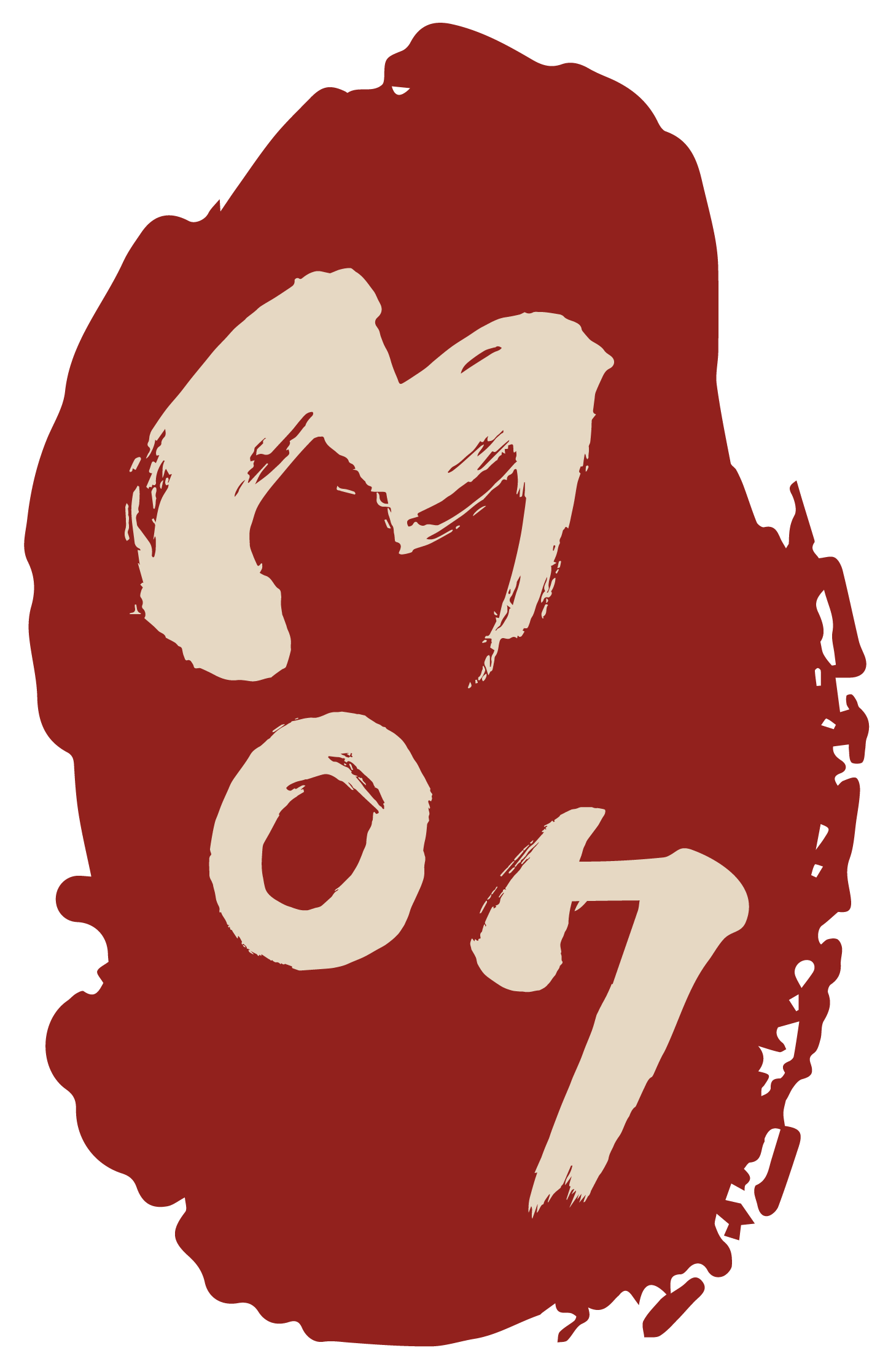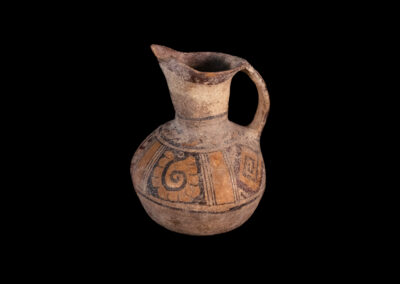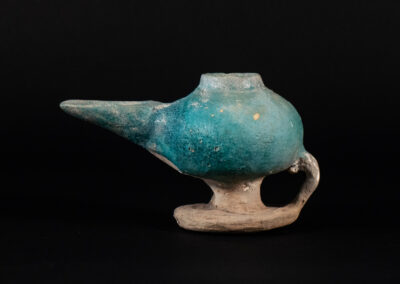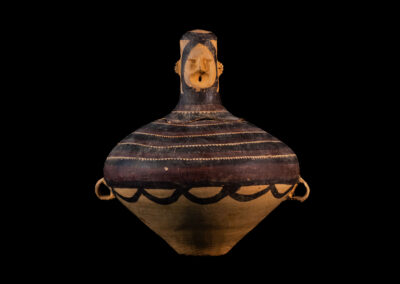EXPLORE & DISCOVER
Early Ages Collection
Early Ages along the Silk Road
The origin of Chinese culture is the great loess plains in the Eastern part of the province of Shenso, the Southern part of the province of Shansi and the province Honan. Silkworm breeding is also attributed to the early period. Even before the covering of China with the „yellow earth“ (the loess) began, there was a wide variety of tool types available which were found on a sand bed under the loess on the occasion of archeological excavations in the years 1934/1935 AD. The „yellow earth“ is a solid rock dust carried by strong northerly wind in Inner Asia 150 000 – 20 000 years ago. [1]
The most important phenomena that emerged for Chinese pre-history are firstly the paleolitical finds in the area of Beijing and secondly the unearthed objects of the Swedish scientist and paleontologist John Gunnar Andersson (1874-1960) from the Uppsala University. This was closely associated to the beginning of Chinese Archeology in the 1920s. Andersson conducted archeological excavations and discovered together with Chinese colleagues Neolithic remains in the Hunan Province, along the Yellow River.
Already about 4000 BC ceramics with aesthetic quality appeared in the Yellow River plain.
Since 1928 excavations were carried out by Chinese scholars. In addition to objects in bones, ivory, stones and ceramics numerous vessels serving the rituals and cult came to light. Remarkable are the red ceramics of Yangshao. The clay vessels of Longshan in Shandong were discovered by the Chinese archeologist Wu Jinding. They are characterized by the beauty of their forms, the particular pottery of black color and sometimes incised decor. Outstanding among the numerous vessel shapes are e.g. the tomb urns with geometric and anthropomorph patterns of symbolic importance.
Although bronzes in the „Metal-Age“/ Shang-Yin-Period (1751 – 1111 BC) founded the fame of the art, ceramics of this period are also of particular interest, as e.g. ritual vessels. [2]
Bronze objects were distinguished by excellent technology. As the objects indicate writing, ornamentation and bronze casting were highly developed already in the 13.-11. Century BC. [3] „Since no buildings or monumental sculpture remain from ancient time, the bronzes are the chief testimony to the earliest artistic and technological achievements of the Chinese. Some bronze weapons and ornamental pieces, particularly those produced in the fifth-third centuries BC rank with the finest metal-work of the ancient world. … The vessels were used in sacrifice to gods and ancestors. … All the pieces which survive today have been recovered from tombs during the last few centuries.“ [4] Above that the scientists Beurdeley notice that already for the Neolithic Age contacts between different cultures must be confirmed. Floods and other natural disasters forced the settled population to move. In this respect one can speak of „ecomenism“ of Neolithic cultures. [5] (HV)
________________________
[1] Willetts, William (1968): Das Buch der chinesischen Kunst. Von der Jungsteinzeit bis heute. Econ Verlag. Düsseldorf/ Wien. 27, 41
[2] Beurdeley, Cécile und Michel (1974): Chinesische Keramik. Ein Handbuch. Hirmer Verlag München. 11
[3] Feddersen, Martin (1955): Chinesisches Kunstgewerbe. Ein Handbuch für Sammler und Liebhaber. Klinkhardt & Biermann Braunschweig. 1-2
[4] Watson, William (1977): Ancient Chinese Bronzes. Printed in Great Britain by Robert MacLehose and Company Limited. Printers to the University of Glasgow. 23
[5] Beurdeley, 14





